Owen Mayer
Joint Demosaicing and Denoising with Double Deep Image Priors
Sep 18, 2023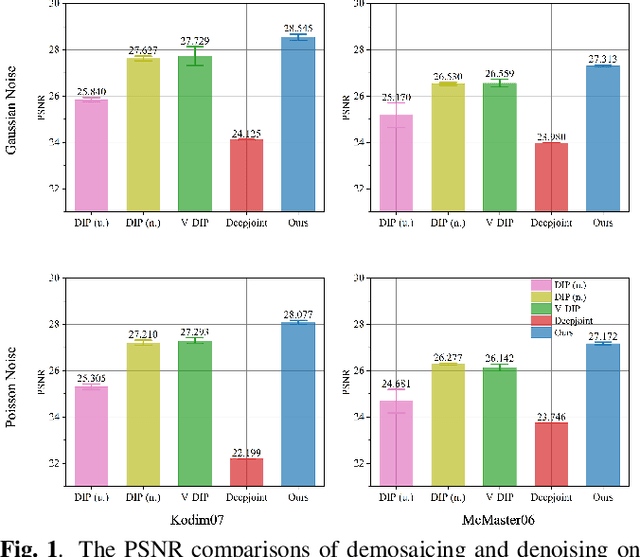
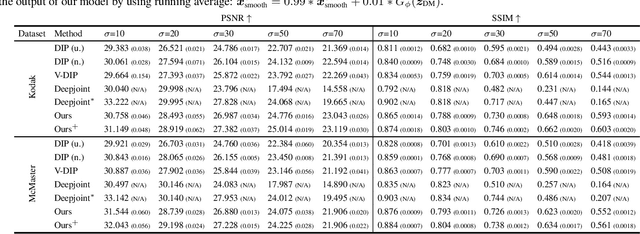
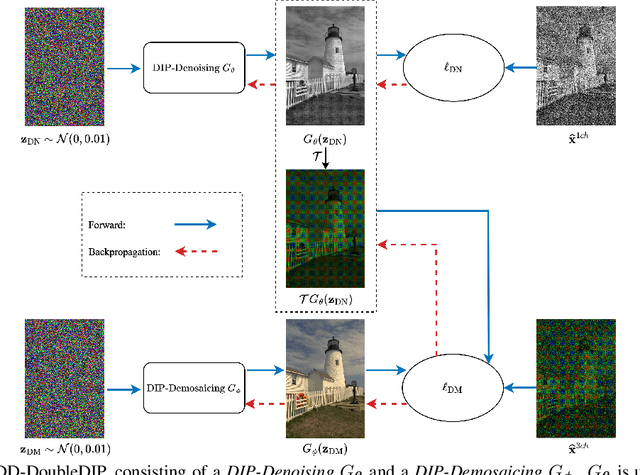
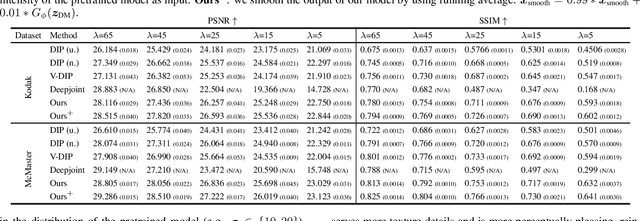
Abstract:Demosaicing and denoising of RAW images are crucial steps in the processing pipeline of modern digital cameras. As only a third of the color information required to produce a digital image is captured by the camera sensor, the process of demosaicing is inherently ill-posed. The presence of noise further exacerbates this problem. Performing these two steps sequentially may distort the content of the captured RAW images and accumulate errors from one step to another. Recent deep neural-network-based approaches have shown the effectiveness of joint demosaicing and denoising to mitigate such challenges. However, these methods typically require a large number of training samples and do not generalize well to different types and intensities of noise. In this paper, we propose a novel joint demosaicing and denoising method, dubbed JDD-DoubleDIP, which operates directly on a single RAW image without requiring any training data. We validate the effectiveness of our method on two popular datasets -- Kodak and McMaster -- with various noises and noise intensities. The experimental results show that our method consistently outperforms other compared methods in terms of PSNR, SSIM, and qualitative visual perception.
Exposing Fake Images with Forensic Similarity Graphs
Dec 05, 2019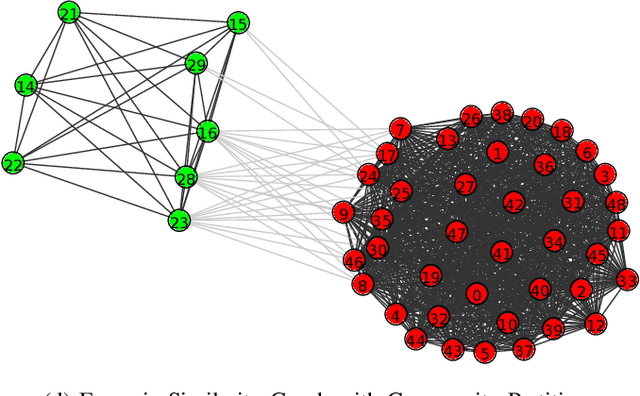
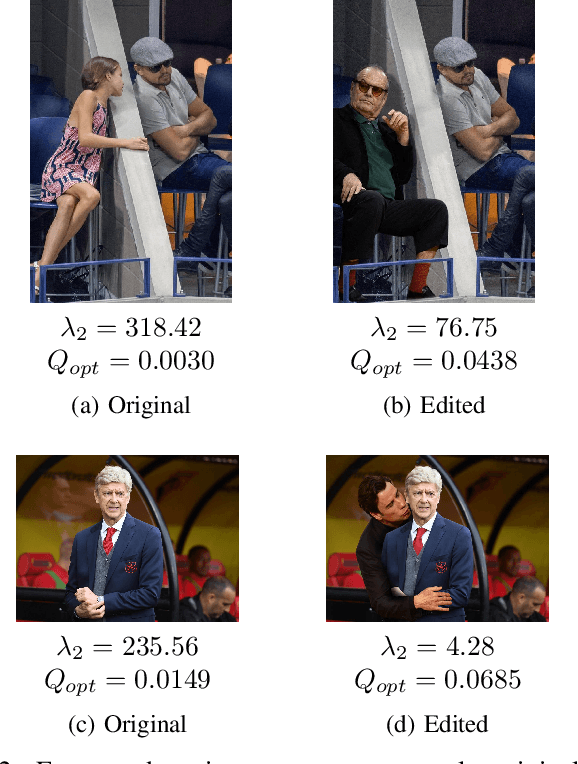
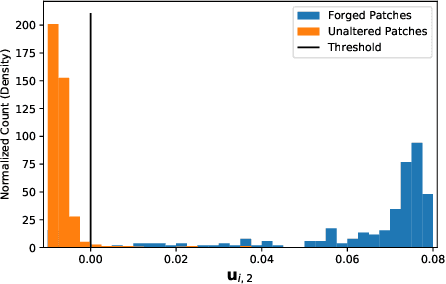
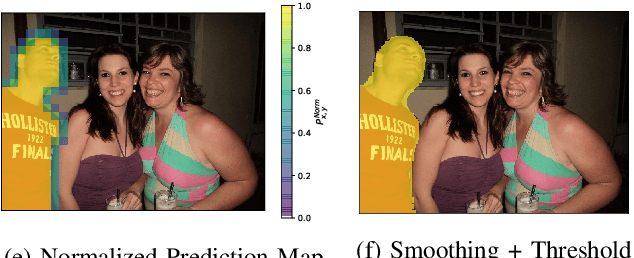
Abstract:In this paper, we propose new image forgery detection and localization algorithms by recasting these problems as graph-based community detection problems. We define localized image tampering as any locally applied manipulation, including splicing and airbrushing, but not globally applied processes such as compression, whole-image resizing or contrast enhancement, etc. To show this, we propose an abstract, graph-based representation of an image, which we call the Forensic Similarity Graph. In this representation, small image patches are represented by graph vertices, and edges that connect pairs of vertices are assigned according to the forensic similarity between patches. Localized tampering introduces unique structure into this graph, which align with a concept called "communities" in graph-theory literature. A community is a subset of vertices that contain densely connected edges within the community, and relatively sparse edges to other communities. In the Forensic Similarity Graph, communities correspond to the tampered and unaltered regions in the image. As a result, forgery detection is performed by identifying whether multiple communities exist, and forgery localization is performed by partitioning these communities. In this paper, we additionally propose two community detection techniques, adapted from literature, to detect and localize image forgeries. We experimentally show that our proposed community detection methods outperform existing state-of-the-art forgery detection and localization methods.
Forensic Similarity for Digital Images
Feb 13, 2019
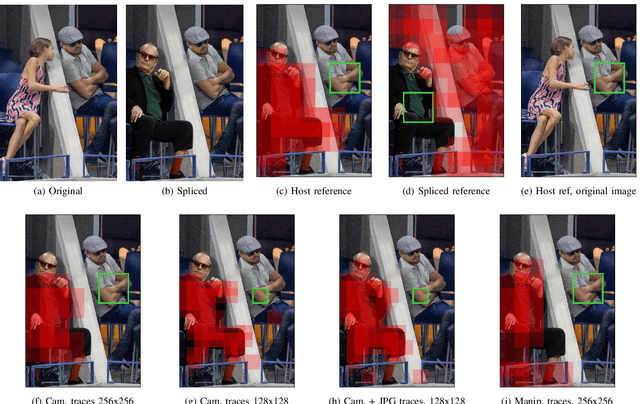


Abstract:In this paper we introduce a new digital image forensics approach called forensic similarity, which determines whether two image patches contain the same forensic trace or different forensic traces. One benefit of this approach is that prior knowledge, e.g. training samples, of a forensic trace are not required to make a forensic similarity decision on it in the future. To do this, we propose a two part deep-learning system composed of a CNN-based feature extractor and a three-layer neural network, called the similarity network. This system maps pairs of image patches to a score indicating whether they contain the same or different forensic traces. We evaluated system accuracy of determining whether two image patches were 1) captured by the same or different camera model, 2) manipulated by the same or different editing operation, and 3) manipulated by the same or different manipulation parameter, given a particular editing operation. Experiments demonstrate applicability to a variety of forensic traces, and importantly show efficacy on "unknown" forensic traces that were not used to train the system. Experiments also show that the proposed system significantly improves upon prior art, reducing error rates by more than half. Furthermore, we demonstrated the utility of the forensic similarity approach in two practical applications: forgery detection and localization, and database consistency verification.
 Add to Chrome
Add to Chrome Add to Firefox
Add to Firefox Add to Edge
Add to Edge